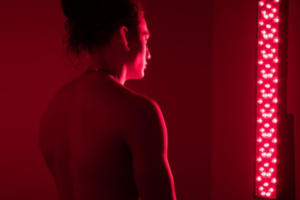
Why Does Red Light Therapy Work?
Explore the science behind red light therapy’s effectiveness, mechanisms, and growing popularity for various health concerns. Learn why it’s gaining attention.
Central to this treatment are specialized red light therapy panels, meticulously engineered devices designed to deliver specific wavelengths of light that penetrate the skin to promote healing, reduce inflammation, and improve overall skin health. The production of these panels involves a complex process, blending medical research with engineering precision and regulatory compliance. This article explores in detail the intricate steps involved in manufacturing red light therapy panels, from initial design and component sourcing to rigorous testing, packaging, and distribution.
Therapeutic Specifications: Detailed therapeutic wavelengths determine the specific therapeutic benefits desired, such as promoting wound healing, reducing inflammation, or improving skin conditions.
Optical Design: Our optical engineers design the red light therapy panel to ensure uniform light distribution and optimal penetration depth into the skin tissues. This involve using diffusers or lenses to shape and focus the light.
Mechanical Design: Our engineers create the physical structure of the red light therapy panel, considering factors like size, weight, and ergonomic features for user comfort and practicality.
Simulation and Validation: Computer simulations may be used to validate the design before creating physical prototypes, ensuring the red light therapy panel meets performance expectations.
LED Selection: LEDs are chosen based on the wavelength accuracy, reliability, and efficiency. High power single chip, dual chip, triple chip, quad chip flicker free medical-grade LEDs capable of emitting red and near infrared wavelengths are typically used.
We can customize a wide spectrum of wavelengths for your red light therapy device to meet your exact requirements. Our available red and near infrared light wavelengths include:
630nm (Red Light): Promotes skin rejuvenation, reduces wrinkles, and combats aging effects.
660nm (Red Light): Penetrates deep into the skin to aid healing, reduce inflammation, and enhance circulation.
670nm (Red Light): Supports deep tissue repair, regeneration, and addresses severe skin issues.
810nm (Near Infrared Light): Accelerates muscle recovery, alleviates pain and inflammation, and promotes deep tissue healing.
830nm (Near Infrared Light): Penetrates deeply for effective pain relief and faster healing.
850nm (Near Infrared Light): Ideal for muscle recovery, pain relief, and reducing inflammation with profound penetration.
910nm (Near Infrared Light): Supports deep tissue repair and regeneration for severe injuries.
930nm (Near Infrared Light): Enhances deep muscle relaxation, recovery, and chronic pain relief.
940nm (Near Infrared Light): Facilitates advanced healing and tissue repair with deep penetration.
1060nm (Near Infrared Light): Aids in body contouring, fat reduction, and targets stubborn fat areas.
1070nm (Near Infrared Light): Utilized in advanced medical treatments for deep tissue therapy and accelerated healing.
If your specific needs extend beyond these wavelengths, our team collaborates with you to deliver custom wavelengths tailored to achieve your unique therapeutic or cosmetic objectives.
Heat Management: Heat sinks and thermal management materials are selected to dissipate heat efficiently, ensuring LEDs operate at optimal temperatures for longevity and performance.
Electronic Components: Printed circuit boards (PCBs), microcontrollers, and power supplies are sourced to control LED intensity, timers, and any programmable features.
LED Array Assembly: LEDs are mounted on the aluminum PCB using automated assembly equipment to ensure precise alignment.
Wiring and Integration: Components are soldered onto the aluminum PCB, and wiring harnesses are assembled to connect LEDs, controls, and power inputs.
Enclosure Assembly: The red light therapy panel housing is assembled around the internal components.
Performance Testing: Each red light therapy panel undergoes rigorous testing using calibrated light meters and spectrometers to verify wavelength accuracy, intensity levels, and light distribution uniformity.
Aging Testing: Red light therapy panels undergo rigorous aging testing to simulate long-term usage conditions.
Safety Testing: Electrical safety tests, including insulation resistance, leakage current, and grounding checks, ensure panels meet safety standards.
Environmental Testing: Red light therapy panels undergo tests for resistance to temperature variations to ensure durability.
Packaging Design: Packaging is designed to protect red light therapy panels during shipping and storage, using materials that cushion against impacts and prevent damage.
Labeling and Documentation: Each red light therapy panel is labeled with product information, compliance marks, and usage instructions. Detailed user manuals in multiple languages can be customized accompany the product.
Vibration Testing: Following assembly and packaging, red light therapy panels undergo rigorous vibration testing to ensure durability and reliability during transportation and use. This test subjects packaged panels to controlled vibrations, simulating the conditions encountered during shipping and handling. By assessing the panel’s ability to withstand vibrations without compromising functionality or structural integrity, Lightus red light therapy panel manufacturer validate their design and packaging solutions.
Logistics and Distribution: Red light therapy panels are warehoused and distributed globally through logistics partners by airplane, truck, sea shipment, ensuring timely delivery to wholesalers, retailers, and end-users.
Regulatory Compliance: Lightus red light therapy manufacturer maintain compliance with international standards and regulations governing medical devices and electrical equipment, such as ISO 13485 and IEC 60601.
Quality Management: Quality management systems (QMS) ensure consistent production quality through processes like regular audits, corrective actions, and continuous improvement initiatives.
Customer Support: Lightus red light therapy panel manufacturer provide technical support, warranty services, and product training to ensure customer satisfaction and proper use of the red light therapy panels.
We produce high quality red light therapy panels that meet therapeutic needs while ensuring safety, reliability, and regulatory compliance.
Each step, from the meticulous design of therapeutic specifications to the rigorous testing for performance and safety, underscores the commitment to delivering effective and reliable devices. As these panels continue to find applications in diverse fields, including dermatology, sports medicine, and wellness centers, their role in enhancing human health and well-being is set to expand. By adhering to stringent manufacturing processes and regulatory standards, we ensure that red light therapy panels not only meet but exceed your expectations, paving the way for a brighter future in therapeutic light technology.

Explore the science behind red light therapy’s effectiveness, mechanisms, and growing popularity for various health concerns. Learn why it’s gaining attention.
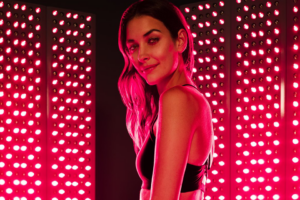
Learn how to use red light therapy at home for skin rejuvenation, pain relief, and overall wellness with our easy-to-follow guide. Achieve glowing results!
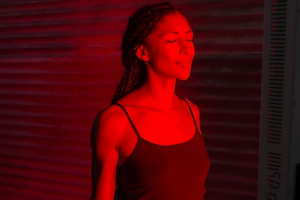
Discover how often to use red light therapy for hair growth. Maximize results with right frequency to promote thicker, healthier hair naturally, hair regrowth.
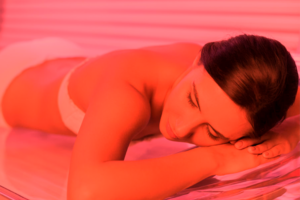
Red light therapy in tanning salons offers benefits such as enhanced skin rejuvenation, promoting collagen production, reducing inflammation, and improving overall skin tone and texture, reduced signs of aging, and improved healing without the risks associated with UV exposure, attract a broader clientele interested in non-invasive skincare solutions.
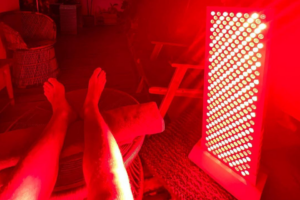
The Ultimate Guide to Red Light Therapy at Home: Unleash the Power of Light for Your Health Red light therapy has been making waves in
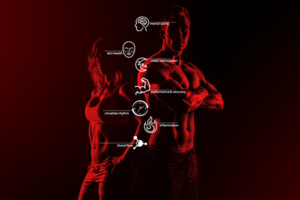
Red light therapy offers benefits such as improved skin complexion and elasticity, accelerated muscle recovery, enhanced joint health, and reduced inflammation and pain, contributing to overall well-being and physical performance.
Didn’t find what you want? Ask our manager for help!